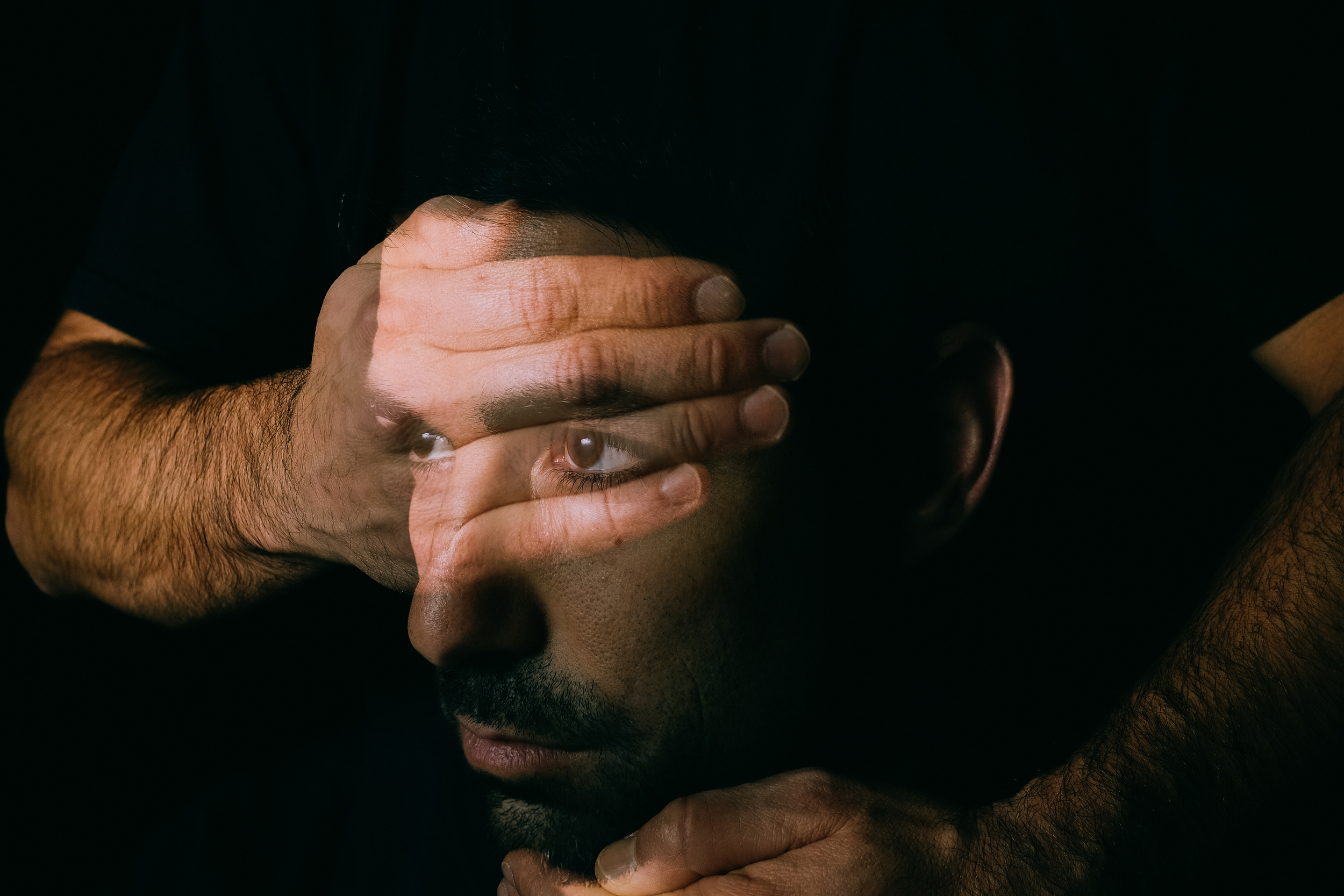I had the great pleasure to meet an extraordinary and incredible individual during my trip to Las Vegas. Justin Flom is not only an especially nice and approachable human being but he is a real life wizard defying the laws of physics, hiding as a magician. I have no doubt that he is destined for great things and will play a crucial role in the evolution of entertainment what we think is possible. He took me on a quick tour of Las Vegas in search of interesting locations that resulted in the photos shown here. If you aren't already familiar with him (Soldiers Deck of Cards) please check him out here.
Double Exposure
Double Exposures with the Fuji X100s - First Attempts
I’ve always been intrigued by double exposures. I find that they add an extra layer of storytelling to an image. I’ve learned over the past year that executing an idea with a double exposure is very tricky and is an art in itself. I began creating double exposures on an iPhone which gave me the luxury of taking two separate photographs from different times, places, locations etc. and storing them for later when I had the right image to layer it with. I really enjoyed the creative process but it wasn’t until I about 6 weeks after I started shooting with the Fuji X100s that I realized it had a double exposure setting. This setting emulates that of a film camera where you take one exposure directly on top of the other simultaneously. This adds a layer of complexity and forces creativity as you lose the luxury of choosing the images you want to layer from a previous photo shoot. Some more expensive cameras such as the Canon Mark III have the option to choose previously shot exposures (currently out of my price range). It is also possible to process these exposures from a DSLR or Mirrorless camera in Photoshop but in my efforts to stretch my creative process I chose not to use this option and test the X100s and myself to see what I could do with these Double Exposures shot simultaneously in the same setting.
The main thing I found in my first few attempts is that lighting is everything. That is true of all photography but especially with the double exposures as the camera underexposes each image so they will come out darker than they appear in your view finder. You can correct this in Lightroom by increasing the exposure but you want to avoid increasing it too much as it start to show distortion in the shadows. This leaves the option of creating the right lighting environment for the double exposures. I started with a single external flash shot through a simple white umbrella to soften the light. This simple setup provided a great basis of comparison. I look forward to adapting this technique to natural light (when time allows) and will share some more image when I get the chance to. Included here are a few of my first attempts at the double exposures shot with the X100s. All images were created solely in the X100s, simultaneously shot though some correcting has been made in Lightroom including exposure, shadows and VSCO film emulation.
Double Exposure Edits Using Union App
Really excited about the new Union App by Pixite due out sometime in April 2014. I'm still beginning to explore the possibilities with the newly added magic wand but here are a few double exposures I've made using the basic features of the new app. A great plus to editors is the app gives you the ability to transfer your edits between other Pixite Apps, Fragment, Tangent and Lorystripes and preserves layers which is incredible. Great things are in store from Ben Guerrette and company!
Learn more by clicking on the link here: Union
Being free means having the courage to let go!
A Daughters Future
A Fathers Fears
A Daughters Light




